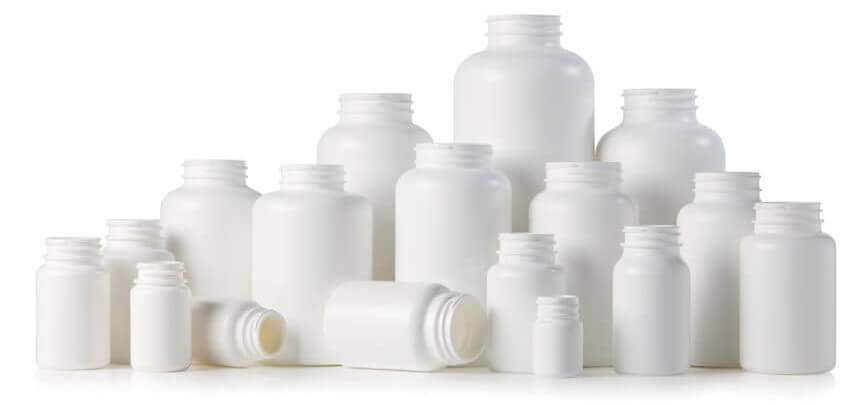
8 Simple Reasons Why HDPE Bottles Are the Best Choice
HDPE Bottles – Perfect for Pharmaceutical & Nutritional Products
provides manufacturers of pharmaceutical and nutritional products with a package that ensures against the contamination of the . HDPE is often used to make medicine bottles since it’s a thermoplastic, meaning it can be molded into any shape necessary. They also have a white, medical-grade appearance and look attractive when labeled. A is economical, comes in a variety of sizes, and rank amongst the most sustainable options.
If you are marketing a pharmaceutical or nutritional product, HDPE bottles are the most effective option from a logistics, price, quality, and environmental standpoint. Here’s why:
1 – Plastic Container Strength
HDPE bottles provide strength while remaining lightweight. Drop one to the floor and it sustains no damage, even against a hard surface. HDPE is known for its outstanding tensile strength and strength-to-density ratio, as well its high-impact resistance. This means manufacturers can rest assured that their products remain safe when packaged in HDPE bottles.
2 – Container Durability
You can leave HDPE bottles in storage for years, and they remain in pristine condition, provided you avoid exposing them to intense heat. These plastic bottles are ideal for providing long-lasting protection for a variety of products. In general, they can withstand temperatures from -148 to 176 degrees Fahrenheit, making them a great choice for pharmaceutical use.
3 – Chemical Resistance
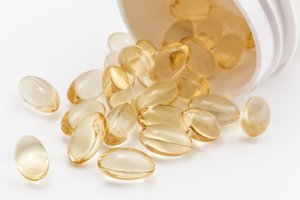
HDPE plastic bottles are the best choice for medicines, foods, and beverages because they have no reaction to the ingredients of items stored inside them. HDPE can withstand most strong mineral acids and bases and has excellent resistance to chemicals. They are also non-leaching meaning that whatever the contents, it will not leach into the bottle itself. For these reasons, HDPE bottles are perfect for all kinds of medication as well as vitamins and a variety of popular nutritional supplements.
4 – Resistance to Weather, Insects, and Mold
Weather, insects, and mold can certainly spoil medicines, supplements, liquids, and foods. HDPE resists mold, mildew, and rotting, making it the preferred plastic material for bottles. HDPE plastic containers are also very weather-resistant, including below freezing temperatures, which adds an additional layer of protection for the products inside.
5 – Low Cost
HDPE plastic bottles are also great for the bottom line because they add little to the cost of the product. HDPE bottles offer the perfect combination of strength, cost-efficiency, and environmental friendliness.
6 – Food Safe
HDPE bottles can be sterilized with radiation or with boiling water and remain unaffected. Food-grade HDPE containers are considered the safest type of plastic for food storage. These containers pass the Food and Drug Administration’s requirements for excellent food safety. Though food-safe containers are made with HDPE, not all HDPE products are food-safe. Some HDPE applications, such as gas cans, do not need to adhere to food safety requirements. Before using an HDPE product for food, milk, or water storage, make sure it is made with food-grade HDPE.
7 – UV Resistant
Ultraviolet (UV) light resistance is important for many HDPE applications. For example, HDPE pipes may require UV resistance. HDPE can easily be made to be UV resistant by adding a special pigment during the molding process.
8 – Sustainable
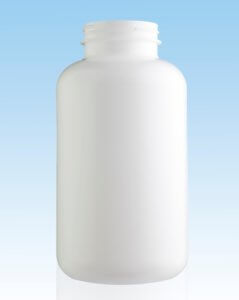 HDPE is one of the most sustainable plastic packaging on the market. About 25-100% of HDPE is made from recycled plastic. For example, when HDPE bottles are recycled, they are often repurposed into other HDPE products, such as toilet partitions, commercial vanities, or locker-room doors.
HDPE is one of the most sustainable plastic packaging on the market. About 25-100% of HDPE is made from recycled plastic. For example, when HDPE bottles are recycled, they are often repurposed into other HDPE products, such as toilet partitions, commercial vanities, or locker-room doors.
This chain of recycling is very important from a green point of view. HDPE is not biodegradable, which means it does not break down in a landfill for a very long time. By recycling HDPE bottles, the plastic winds up in another product rather than a landfill.
At the recycling center, HDPE needs to be separated according to grade. Some HDPE plastic is very thick, such as those used for partitions, while others are thin, such as those used for bottles. Once separated, the plastics are cleaned to remove debris. It is important that only HDPE material is homogenized during the recycling process. If any impurities are left in the plastic, it can damage the end product.
HDPE bottles offer pharmaceutical and nutritional products marketers with the ideal packaging. They come in a variety of sizes, prevent contamination, are cost-effective, and highly sustainable. Silver Spur Corporation provides HDPE bottles that exceed all medical-grade requirements, take labels efficiently, and offer a sustainable solution.
Alternatively, Silver Spur Corporation manufactures PET bottles, which have the same great characteristics but are clear as glass, perfect when you want the shopper to see the product.
To learn more about HDPE bottles and how they will help your product fly off the shelf, contact us or request a sample.

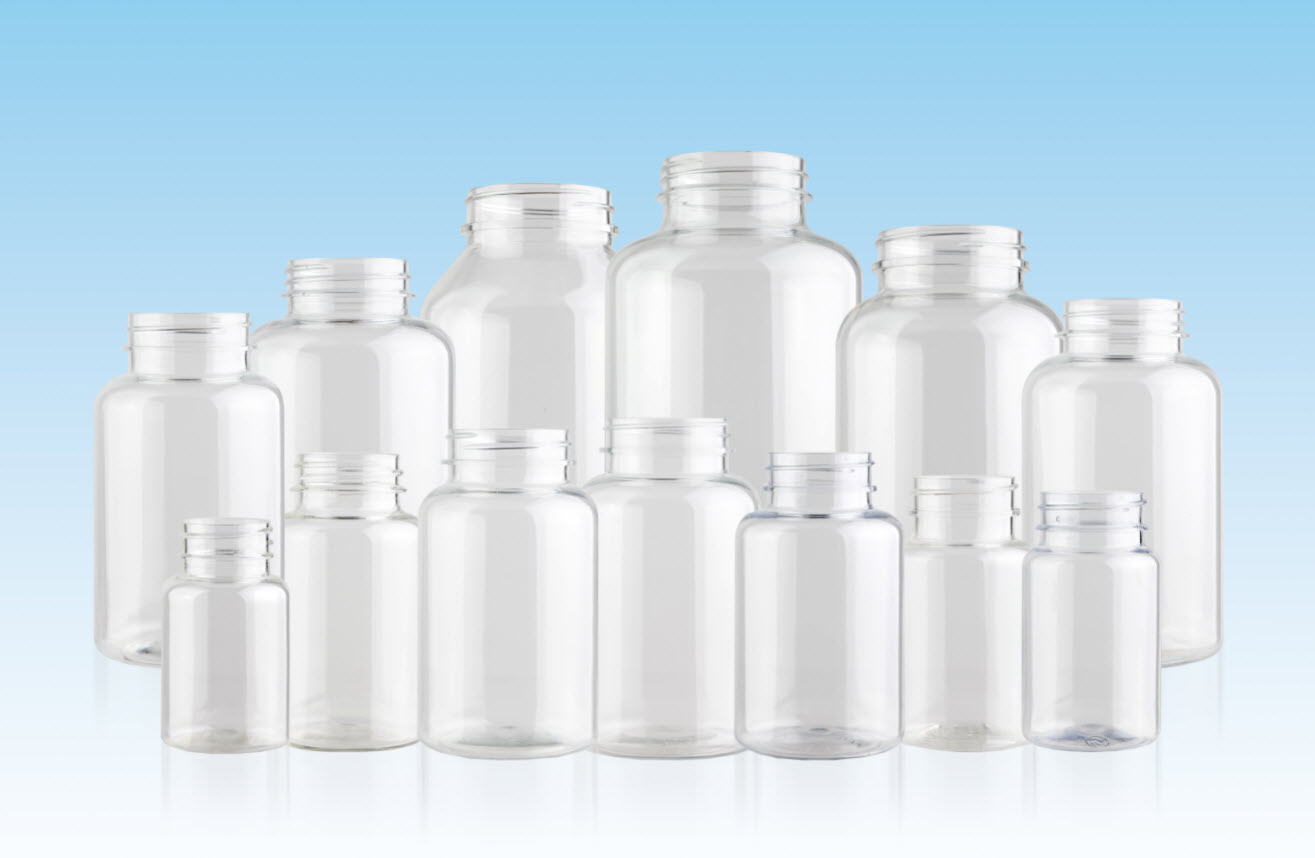
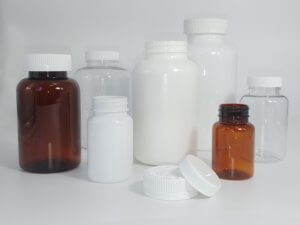
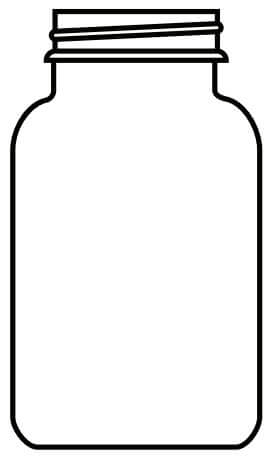 #3 THREAD -This is the section of the finish that has a spiral shape. It is where the closure is twisted to seal the container. The size of the bottle neck determines the thread – standards range from between 5 threads per inch to 12 threads per inch. A well engineered thread will protect the bottle contents by keeping them fresh and free from being tampered with which can lead to product damage.
#3 THREAD -This is the section of the finish that has a spiral shape. It is where the closure is twisted to seal the container. The size of the bottle neck determines the thread – standards range from between 5 threads per inch to 12 threads per inch. A well engineered thread will protect the bottle contents by keeping them fresh and free from being tampered with which can lead to product damage.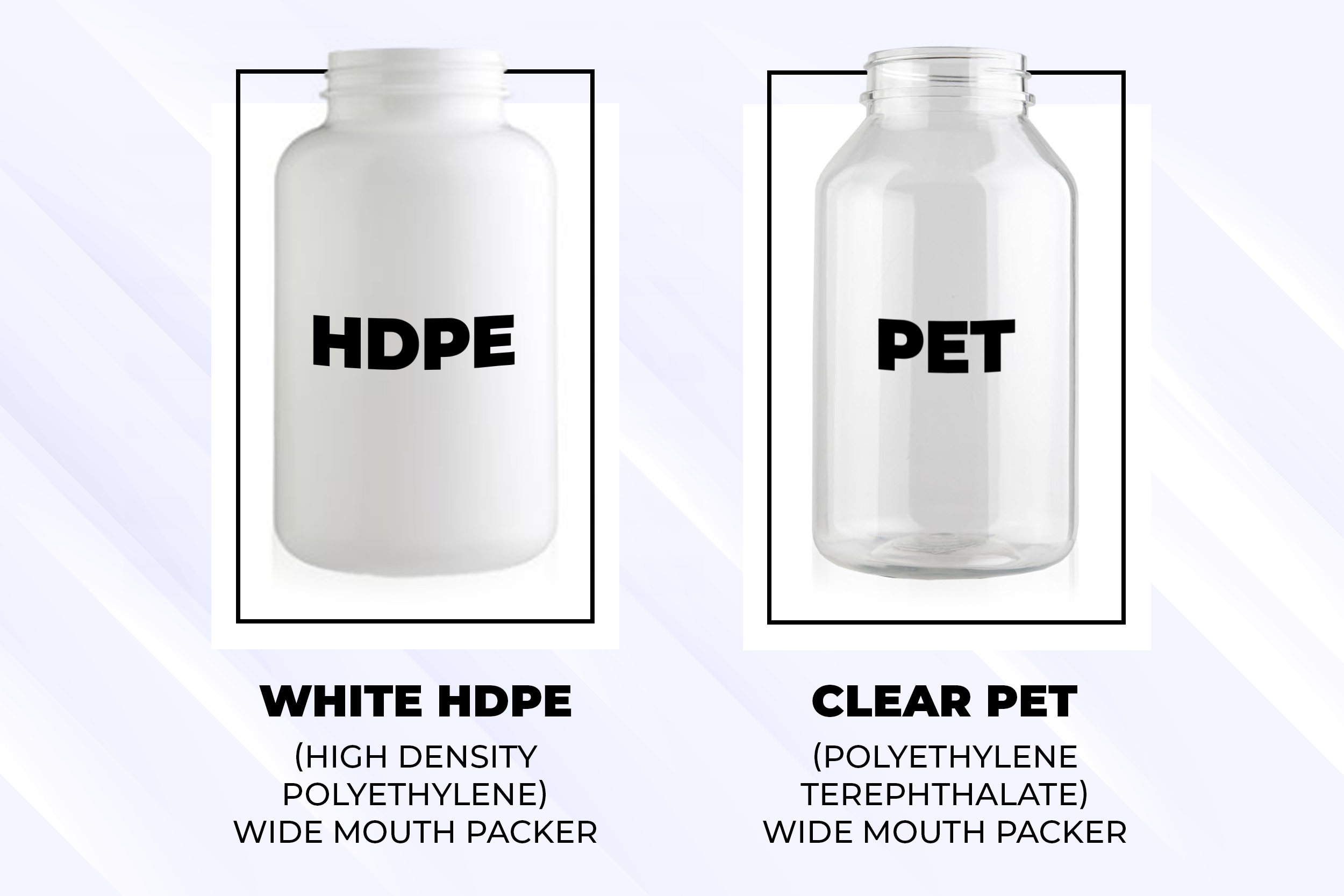
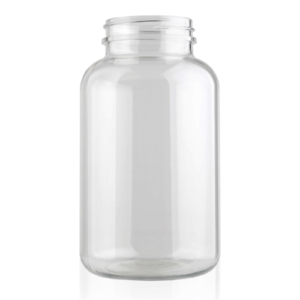
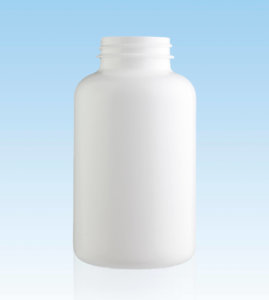
 Quality caps are also important to mention. Safety is a top concern and the integrity of the product and safety of the consumer is vital. A nice selection of
Quality caps are also important to mention. Safety is a top concern and the integrity of the product and safety of the consumer is vital. A nice selection of